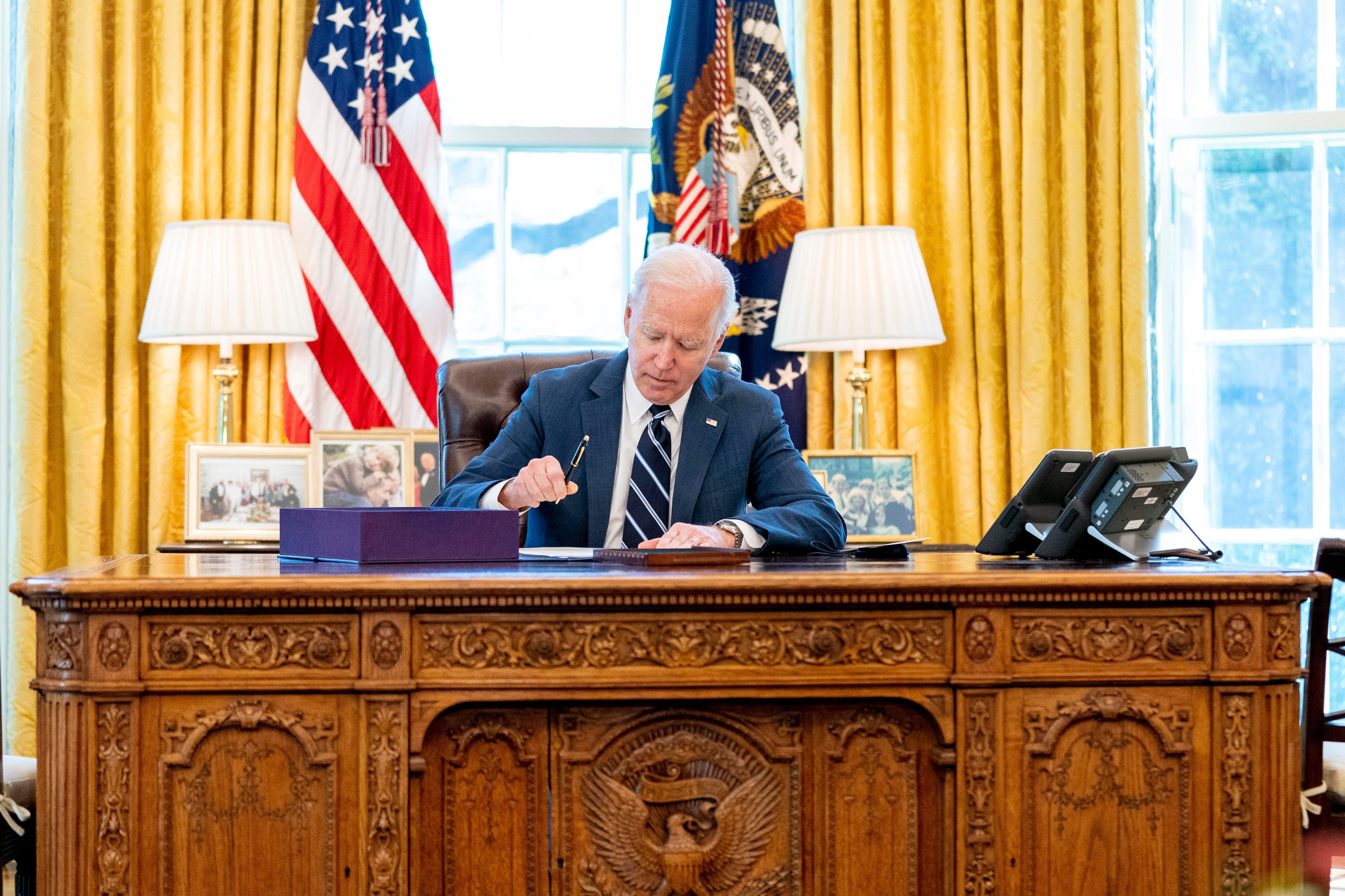
A recent McKinsey study showed that well-being, flexibility, and work-life balance are top of mind.

And they do so at a time when the views and priorities of their employees have shifted.

*Countries studied include: Australia, Canada, China, France, Germany, India, Mexico, Spain, United Kingdom, and United States.As the Covid-19 crisis enters its third year and the Omicron variant surges, organizations around the world are contemplating how, when, and even if to have their knowledge workers resume regular in-office hours. Much more important will be to learn from the last year and to move forward, improve and actually work better. It would be a travesty to return to the way thing were. But it’s no panacea and our opportunity as individuals and leaders is to get back to work-and more-to get back to better. We’ve learned to work differently and to work from home with some measure of success. They would be wise to express appreciation for work that is well-executed and hold people accountable, reinforcing how their work matters. Leaders should assign tasks which require employees to work together on substantive and meaningful projects. They can also give people transparency to the work of others by ensuring plenty of sharing and communication. Leaders can contribute to effectiveness and engagement by forging connections. While it’s unfortunate people are experiencing so much social isolation, this may be one of the most powerful reasons they will want to return to the office. Work is fundamentally social and great leaders create the conditions for constructive relationships between and among their team members. The most effective leaders-and those who create conditions for returning to better work experiences-are those who continuously reinforce meaning and purpose in the work their team members perform. Annualized growth of 15% is a valid goal, but what will really get people out of bed in the morning is knowing how they contribute to the quality of life or wellbeing of other people. They need to have a clear sense of how their work contributes to the bigger picture, and the end goal must contribute to people, rather to esoteric business outcomes. People need to understand the bigger picture they’re working toward. At the office, people can feel the energy of the company’s mission in community with colleagues, and experience a clear line of sight from their work to others’ work and ultimately to the customer. Leaders can motivate people to return by reinforcing the broader sense of purpose for people’s work. PurposeĪnother fundamental aspect of engagement is a sense of purpose.

Providing people with control over their work-as much as possible-and new levels of overall flexibility will demonstrate an understanding and empathy for the particular situations employees face. In the process of coming back, people will need elevated levels of choice in terms of when they come back, how much they come back and how they flex their time. Leaders can forge strong relationships and create the conditions for employees to feel supported and therefore more engaged when they ask questions, pay attention and focus on employees and their specific needs. With so many distractions and the distance between us, listening has become a super-power.

Leaders will need to ask questions, listen and understand employees’ unique needs and concerns to ensure they create the conditions that will attract people back.
#People coming back to life after covid full
The empty-nester with a dedicated home office is facing a different set of challenges compared with the couple working full time from their small apartment and facilitating learning with their two small children. Empathyįirst, leaders will need to understand everyone’s work-from-home circumstances are different. In order to engage and motivate people-and to bring them back successfully-great leaders will have to display empathy, engage people’s sense of purpose and help connections thrive. And difficult conditions at home should improve in the workplace. What they’ve enjoyed at home shouldn’t go away just because they’re returning to the office. They will expect a fundamentally better work experience than the one they left. In addition, the research suggests as they come back, people will have elevated expectations. And Steelcase research demonstrates people plan to be in the office, with 54% anticipating they’ll work from home only one day per week or less. There are plenty of reasons to bring people back to the office, from performance and career growth to engagement and social capital. The Leadership Necessary to Bring People Back


 0 kommentar(er)
0 kommentar(er)
